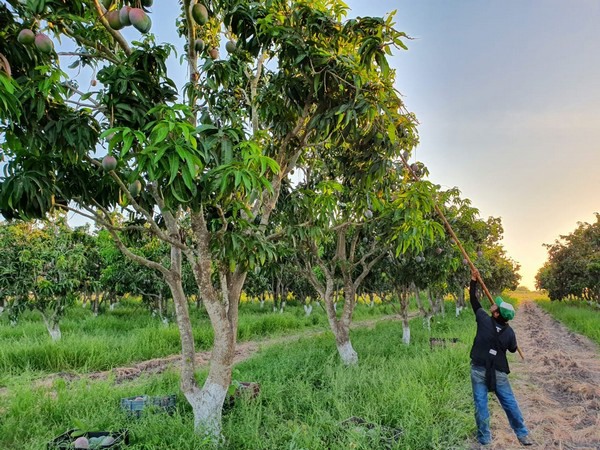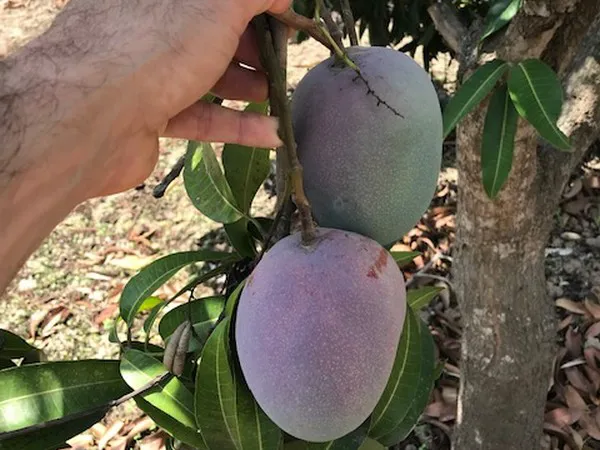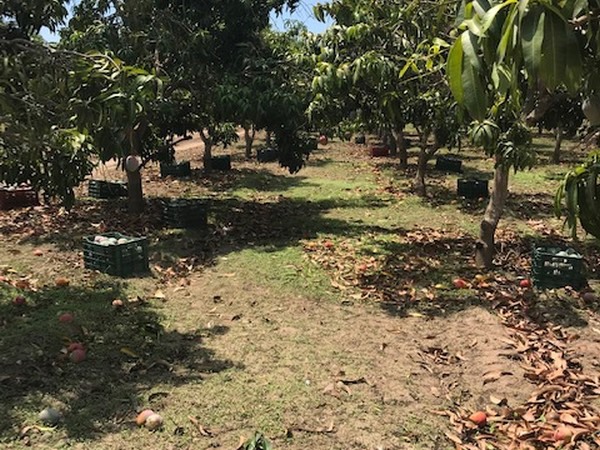Supplies of mangoes continue to look steady.
Erik Carrillo of Las Vegas, NV-based Terra Exports says volume out of Ecuador is coming off a recent peak and the season is projected to end in week 53 with largely Tommy Atkins variety but also some Kents and a small volume of Ataulfos. Some arrivals of similar varieties from Brazil will be coming until week 51. “There’s definitely been more fruit this year from both Brazil and Ecuador. This year Ecuador started earlier on the round/red mangoes overlapping with the Brazilian season and bringing the market price down considerably from week 46 onwards,” says Carrillo. “There’ve been some Peruvian shipments since week 46 to the East coast and a few shipments on week 49 to the West Coast. But no significant volume yet.”

Carrillo notes the biggest challenge facing mango growers and shippers is unforeseen weather conditions in growing areas. “These can delay or rush production, affect the quality and sizing of the fruit and create an oversupply at destination markets driving prices down. This, we cannot control and only hope to make the best planning for our purchasing and logistic execution. Exporters have commitments and growers have to harvest the fruit or risk losing it,” he says. “We always want to avoid two or more production regions at the same time if the demand is not there.”
Demand looks even
On the demand side, Carrillo notes there’s steady demand in the northeastern states including New York, Pennsylvania, New Jersey, Connecticut and Massachusetts. Demand is also good in the southeastern states of Florida and Georgia and in central USA, Michigan, Texas and Illinois. On the West Coast, California as usual has a big part of the Ecuadorian/Peruvian season volume and is shipping out to nearby states.

“We saw a spike in consumption before lock downs when people went out and stocked up until end of March. Business overall slowed down not long after,” says Carrillo. Now into the second wave and the vaccine program being introduced, he says Terra is just hoping for the best. “Whatever happens people still have to eat and our industry will keep working hard to stay at bay with any market fluctuations. If things continue the way they are, I hope retail adjusts and starts promoting fruit accordingly,” says Carrillo. “Many people are still afraid to go to the supermarket and produce delivery companies are capitalizing on this, which I think is great.” At Terra, the company has also been able to do this by opening new retail and ‘produce in a box’ accounts domestically and internationally.
Market to tighten on bigger fruit
All of this has left pricing at $5-$5.50 FOB/8.8 lb. box (6s/7s/8s); $4.50 (9s); $4.00 (10s); $3.50 (12s). “The market should get tighter on bigger fruit once Brazilian fruit clears. The XL-L fruit is already not as available and this is expected to continue as Peru’s size curve might be on the smaller side,” says Carrillo.

Looking ahead, he says Brazil should clear after week 51 arrivals. “This leaves what is left of December with volume decreasing from Ecuador and the Peruvian season increasing its volume,” says Carrillo. “The grape season in the north of Peru has extended more than expected and that’s affecting capacity for packing mango,” he says. “Peru has had some issues with water and fruit is projecting to be on the smaller size curve. This year Peru has projected about 15+ million boxes of mango, but we will have to see when exactly Guatemala and Mexico start, as Peruvian exporters try to keep the overlapping of seasons to a minimum and might divert volume to other markets like in the past.”
For more information:
Erik Carrillo
Terra Exports
Tel: +1 (805) 295-3995
erik@terraexports.com
https://terraexports.com/
